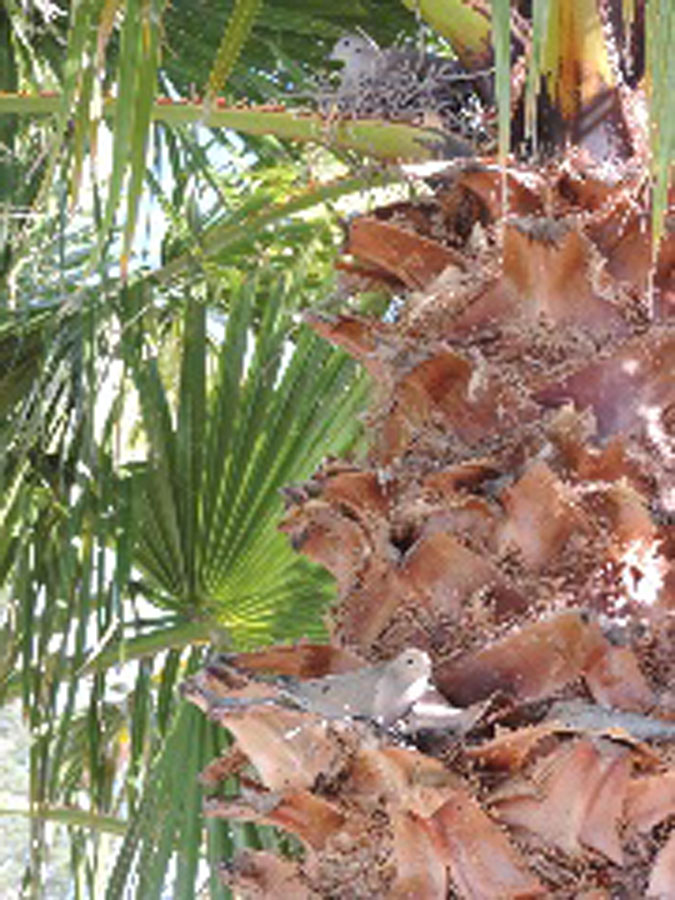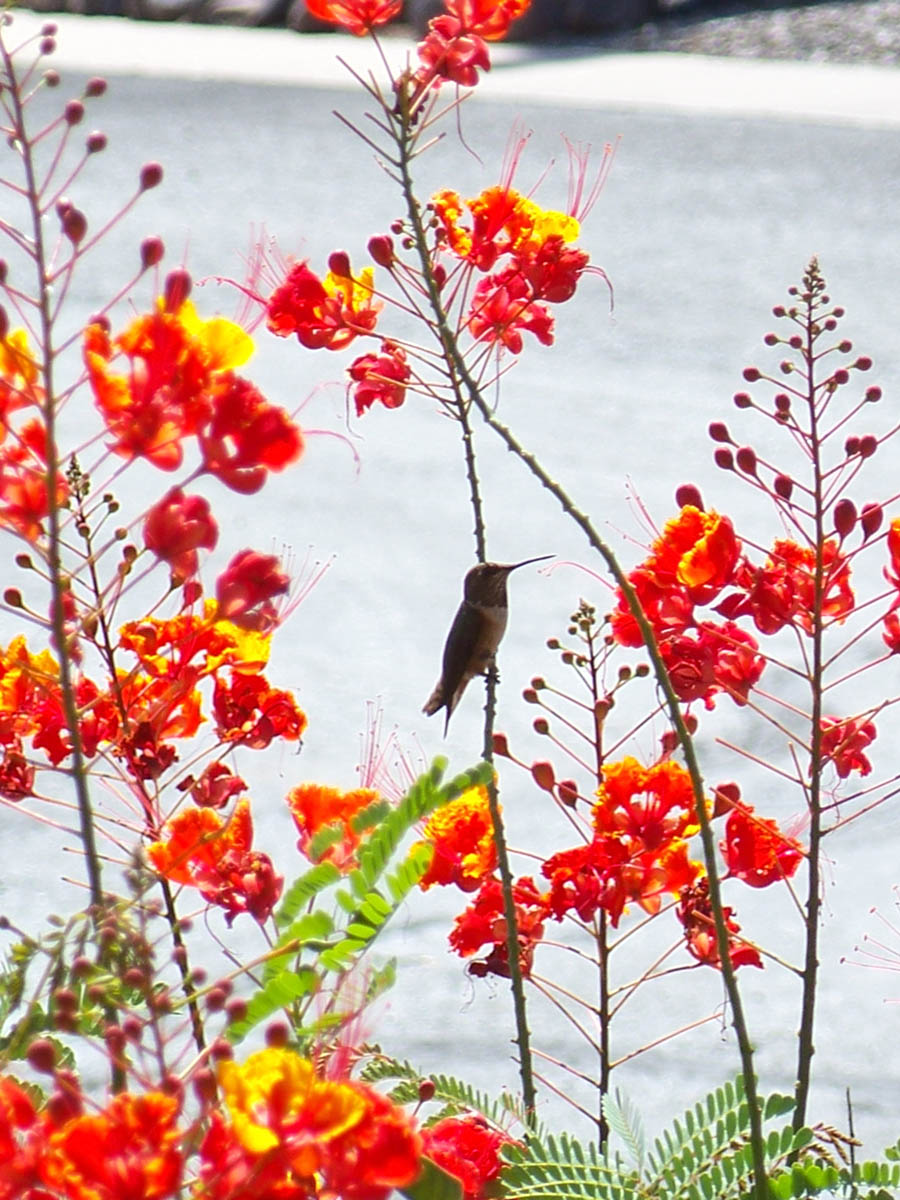Seems a bit early in the year (February) to be talking about procreation of the species – after all, it’s still chilly in the mornings – but the ever present Mourning Doves don’t seem to mind the brisk a.m. temperatures.
I’ve composed previous avian articles, ranging from buzzards, to pelicans, to hawks, but the little dove is the most intriguing of the bunch. Perhaps, because of their gentle nature, melodious crooning and the fact there’s so just so darn many of them.
Presently, my neighborhood is inundated with the feathery creatures and have been for several years. There appears to be three distinct varieties fluttering about – the diminutive Mourning and White-winged dove and the Eurasian Collared dove, a relative newcomer to the community which was first discovered nesting in southern Florida in the early 1980’s and rapidly spread throughout most of the United States, including as far north as Alaska.
These birds are about a third larger in size than the ordinary doves, but not quite as big as their cousin, the common pigeon. Also, their coloring is a lighter gray with a distinctive dark neck band.
Prolific breeders, the Eurasian Collared has quickly grown into one of the most abundant birds in the Southwest. To help control their growing ranks, Arizona established an official hunting season in 2006 that ran concurrent with the regular dove season. Then in 2007, it was determined “a year round season with an unlimited bag” was necessary to maintain some semblance of balance and to thwart Eurasian’s from overwhelming regular dove populations (Arizona Game & Fish Department – Dove Hunt Information Web Page).
Also assisting in the endeavor, at least around my home, is a young Cooper’s Hawk. This lethal executioner moved into the area several months ago and immediately began feasting on the unsuspecting doves, removing – as nearly as I can determine – several a week (see March RPT’s issue for my story on this flying assassin).
Anyway, for whatever reasons, the trees around my home have become a magnet for nesting doves. Especially the two palms adjacent to my front porch. Last season, a single mama raised at least two families in a flimsily constructed nest, precariously attached to the side of one of the palms.
This year, there are presently two young ladies patiently tending to their motherly duties, roosting about two feet apart on the same tree. The mother on the upper branch has a fairly well fabricated home (for a dove), with ample room to tend to the needs of her future children. The lower tenant’s condo, however, appears unusually confining, not as well built, and certainly much more in danger of sustaining damage from the ravages of nature – or an inquisitive predator.
But, who am I to question the proclivities of a bird which has much more experience building tree nests than I do? Heck, I can’t even fly!
Two mother doves, one atop the other, patiently await the arrival of their future kids. This particular palm tree has become the residence of choice for these avian tenants.
White-winged mother dove keeps a cautious eye on me as she tends to her household chores.





























